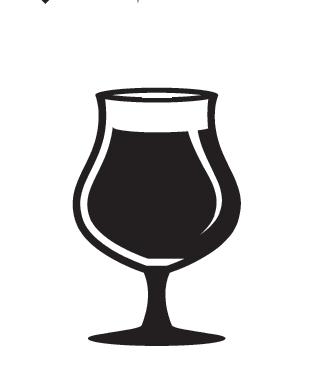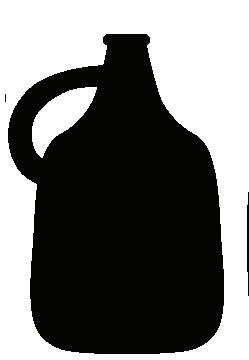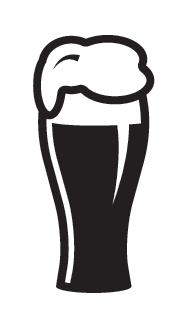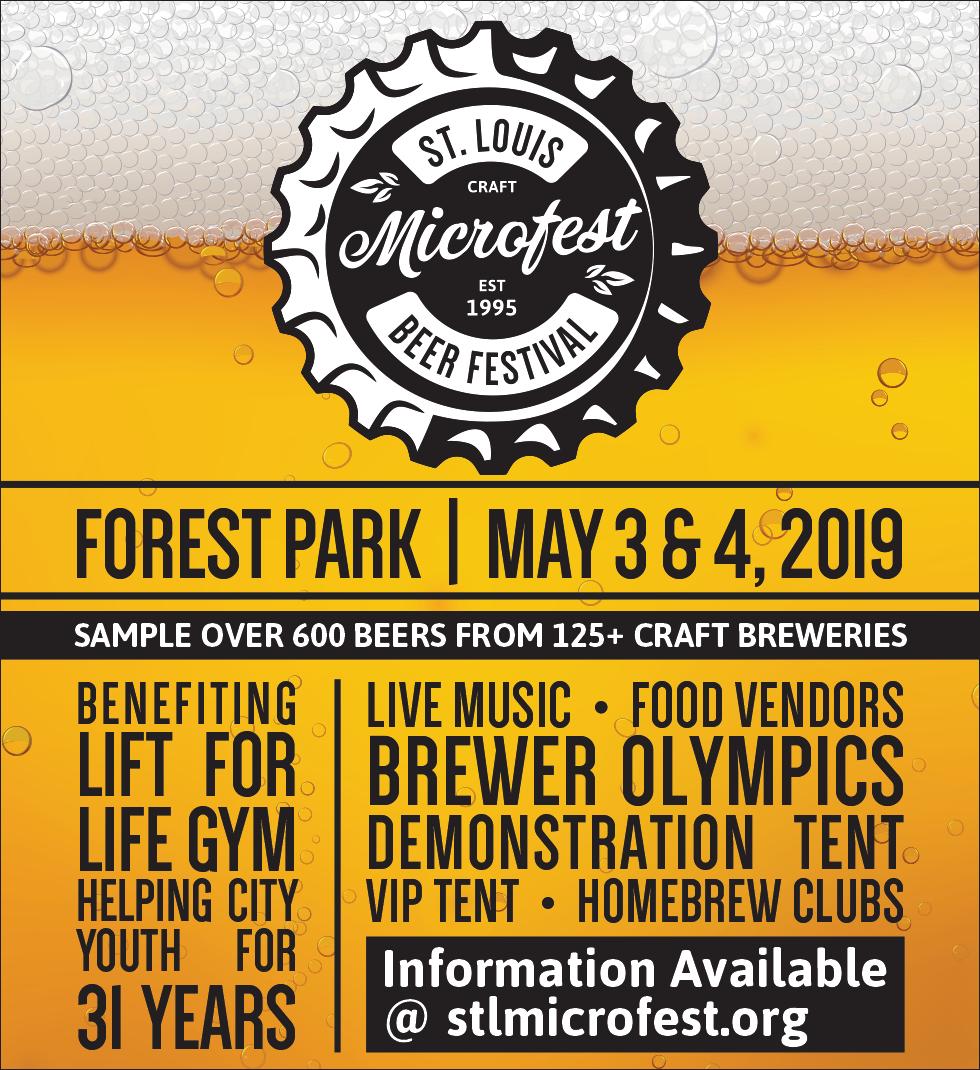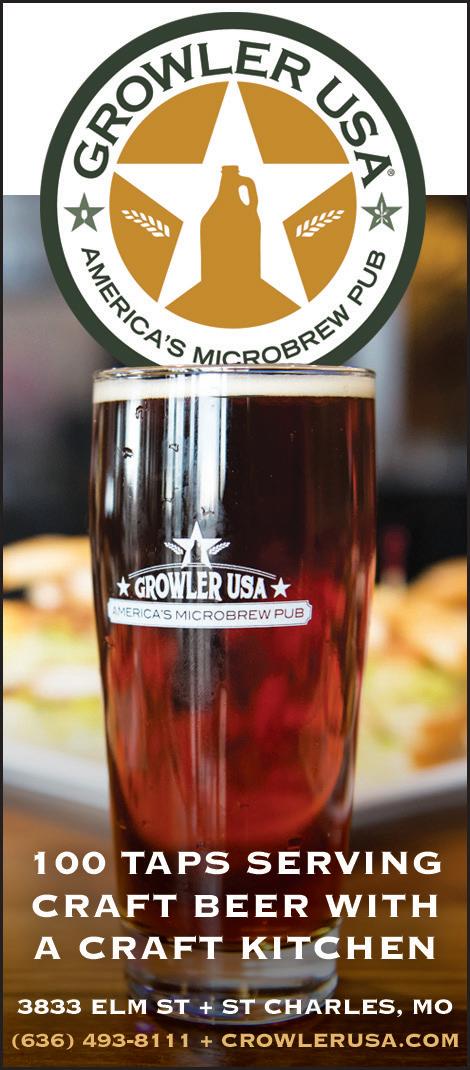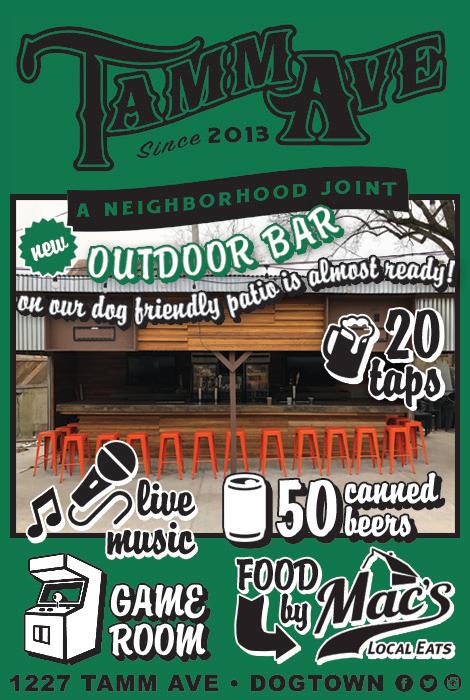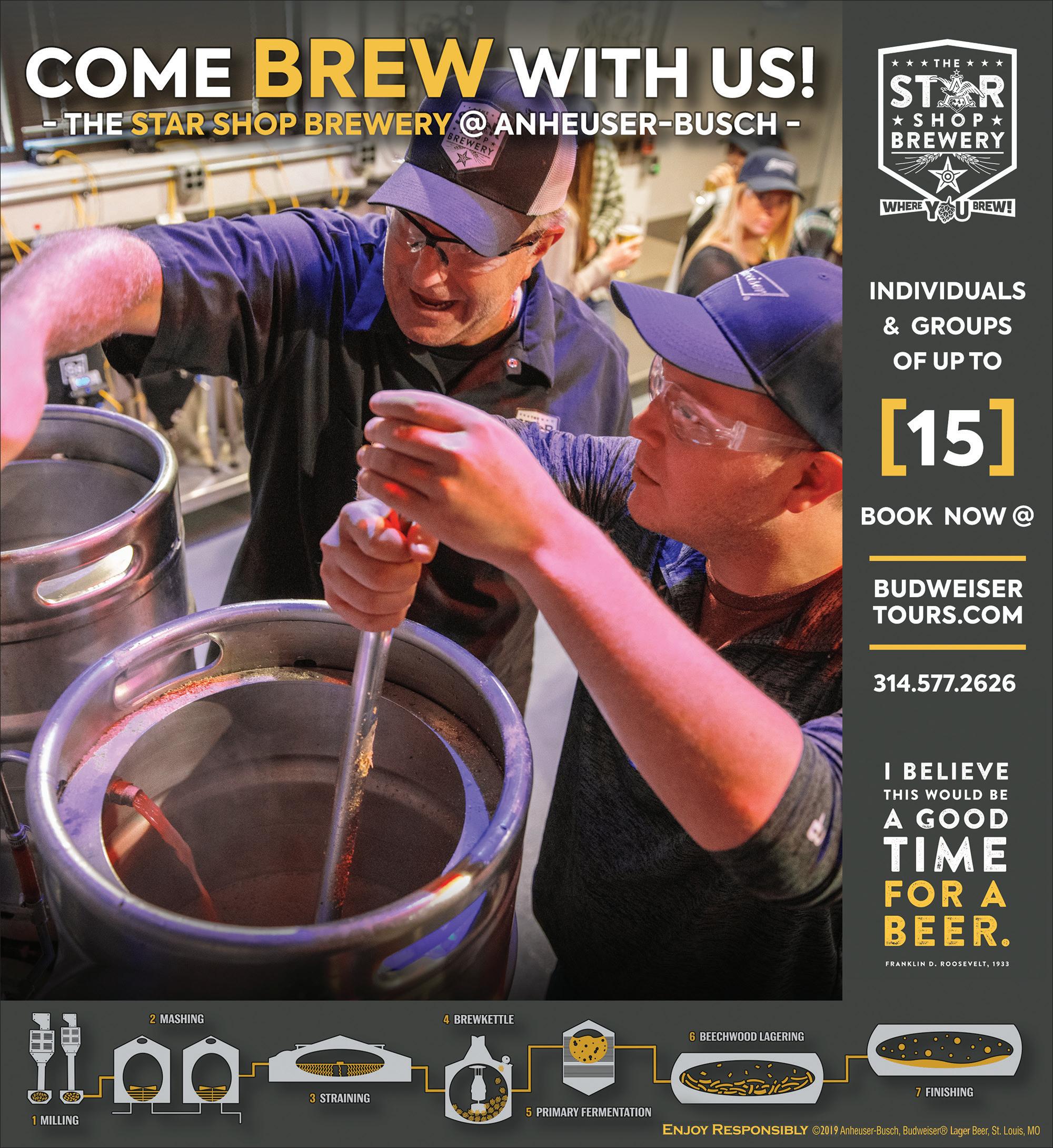








Lawnmower beers. Crushers. Patio pounders. Lagers have a reputation for being cheap, sessionable and often for being far from the “craft-ness” of styles like IPAs, sours and Imperial stouts. Easy to drink but hard to make, it takes a lot of skill to brew a good lager. Luckily, in the shadow of the biggest producer in the world (Anheuser-Busch InBev), there are a lot of breweries turning out superb local lagers.
By Adam RothbarthHerbal and floral notes give Logboat’s Bobber a tremendous balance. This unfiltered lager is rich and flavorful, but still flows comfortably with a familiar texture.
O’Fallon’s Big Walt feels like a loving tribute to your classic macrobrew lager, but still has a bit of craft crispness. This golden-pouring iteration goes down like water.

St. Louis’ king of German styles, UCBC has a number of fine lagers. A couple favorites are the Stammtisch, a friendly, German-style Pilsner with a big, hoppy middle, and the Black Lager, a smooth, mildly bitter beer that bears notes of something roasted or baked.
Skating a fine line between being crazily smooth and having an aggressive, malty vibe, this cloudy beer is endlessly drinkable and works any time of year.
Named for the owner’s beernerd satisfaction in making this difficult-to-brew beer (and also for the Black Sabbath album), Technical Ecstasy is a magical lager. It has a robust, big base equally pleasant when sipped in a tasting room or slammed during the big game.
There’s no getting around it: Budweiser is one of the highestselling beers in the world for good reason. Even craft brewers get behind Budweiser. It’s made with delicate yeast, beechwood chips and multiple fermentations. Turn up your nose if you like, but we’ll ride for it.
All beers are widely available at local bottle shops.
BY
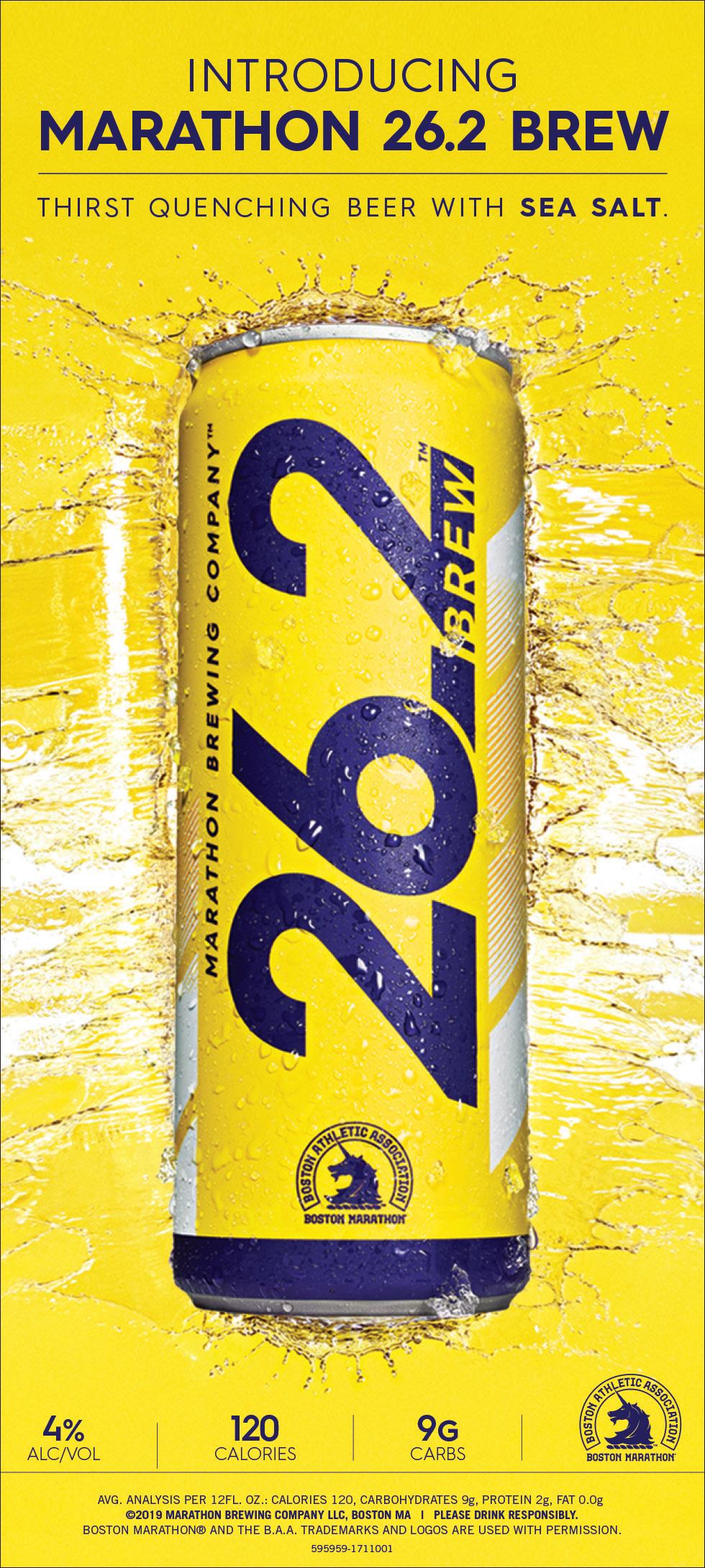


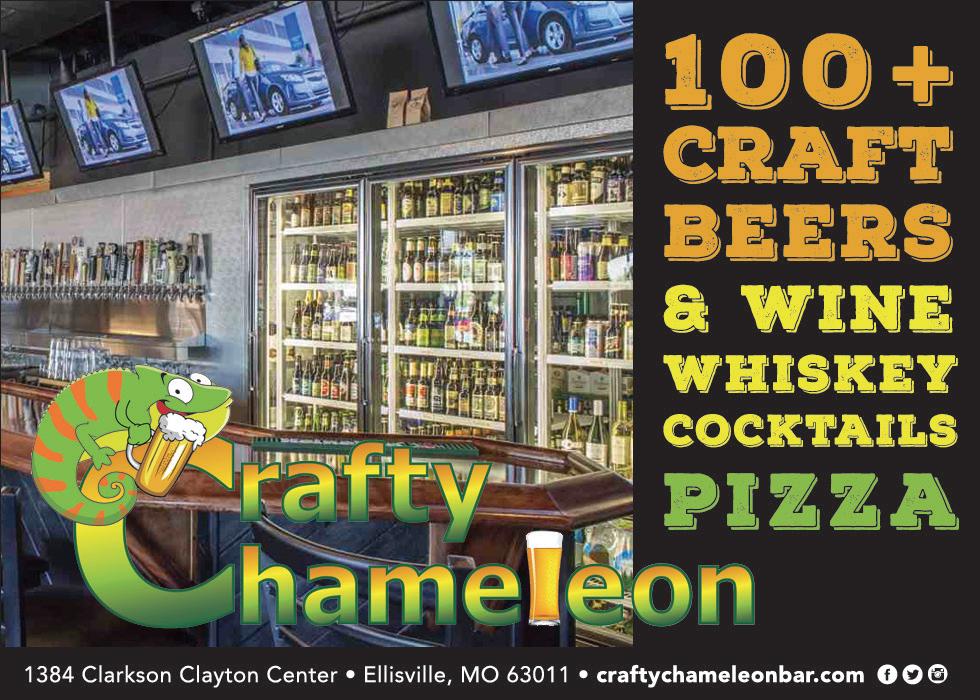
We asked some of our favorite brewers where they drink when they aren’t on the clock. All of them spoke passionately about their most beloved watering holes, and most lamented how little time they have go to out.
– Adam Rothbarth

“I love Urban Chestnut’s Midtown location. They’re open two hours later than we are, so I can always go there and have a glass of lager before I go home from a bar shift. If my wife and I actually get to go somewhere, we go to Reeds American Table in Maplewood or Olive + Oak. At Reeds, their cocktail menu is awesome, and their bar manager makes a mean Sazerac. At Olive + Oak, they have a new one on their winter cocktail menu. There’s bourbon in it. It lists three ingredients, but I’m sure it’s much more complicated than that. It expanded my palate as a brewer.” – Kyle Kohlmorgen, Wellspent Brewing Co.

“I like to stop at White Rooster because I haul beer back and forth between our Chester location and our St. Nicholas location. I convince myself that it’s on the way, but it’s like 15 minutes off the route. The guys are always there – the owners – they’re always hanging out, ready to talk with people. Their beers are excellent. I usually get whatever they dumped a bunch of fruit into – their nice, fruited, sour, barrel-aged thing.” – Paul Plett, St. Nicholas Brewing Co.


“I worked at the iTap in Columbia, so all of the iTap locations have a special place in my heart. For date night, my fiancee and I like to go to The Royale. It’s never super populated, and the beer selection is constantly changing. Great whiskey selection too.”
– Rob Abell, Ferguson Brewing Co.
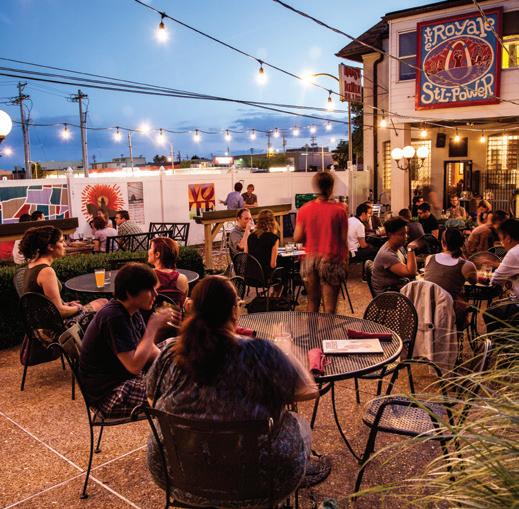
Get out this spring for these trendy, classically

“In terms of beer, I love going to Wellspent and Civil Life, and getting back down to Perennial I stop in at Side Project as well. I used to live a block away from Tick Tock Tavern; now I live like eight blocks away. It’s probably better that it’s more than a block away from me. It feels like you’re drinking in your grandpa’s bar, or somewhere much smaller than St. Louis. It’s new-ish, but well-worn. I usually get a can of DAB in there, that Dortmunder export, which is really hard to find. And you can get a Manhattan for five bucks or whatever. It’s really comfortable and low-key. It’s a good place to disappear for a bit and not go too far.” – Jonathan Moxey, Rockwell Beer Co.
4 Hands Brewing Co. Brut IPA
This on-point, extradry IPA is light and refreshing while bursting with flavorful tropical fruit, incessant effervescence and an abundance of mostly Citra and some Mosaic hops.
Rockwell Beer Co.
Stand By
Look for a palate dominated by floral and herbal Noble hop characteristics, a nice minerality and a drier finish in this dry-hopped Pilsner – the first in the new brewery’s lager series.
The Civil Life Brewing Co. Irish Red Ale
Look for a mellow citrus and herbal hop character, bready and mildly sweet malt and just a touch of roasted barley in this lovely new release from the brewery that does perfect so well.
2nd Shift Brewing BarrelAged Liquid Spiritual Delight with Maple Big, boozy and barrelaged, this roasty Imperial stout gets extra complexity from the addition of Vermont maple syrup. The highly sought-after beer from the cool cats on The Hill sees two whiskey barrel iterations: Pinckney Bend and Heaven Hill.
Wellspent Brewing Co.
Barrel-Aged Soirée Privee
Celebrate Wellspent’s first anniversary with one of the first in its barrel series. The raisin, plum and spice notes of this Belgian-inspired Quad play nice with mild tannins and light oak presence from red winebarrel aging.
Julep Gruit
Just in time for the greatest two minutes in sports, this cocktailinspired beer is made without hops, but explodes with citrus, spice and an underlying herbaceous character from the interplay of rye, jiggery, lime zest, kefir leaves and mint.
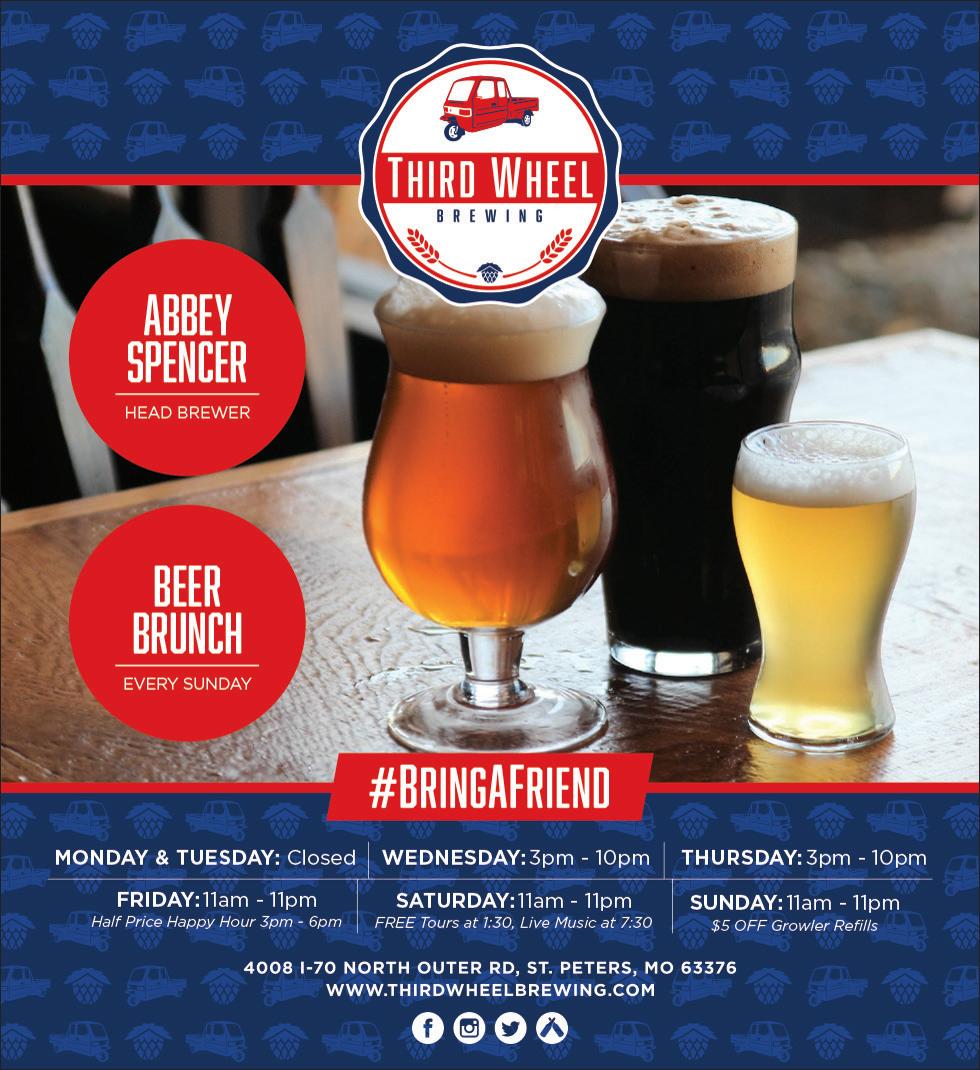


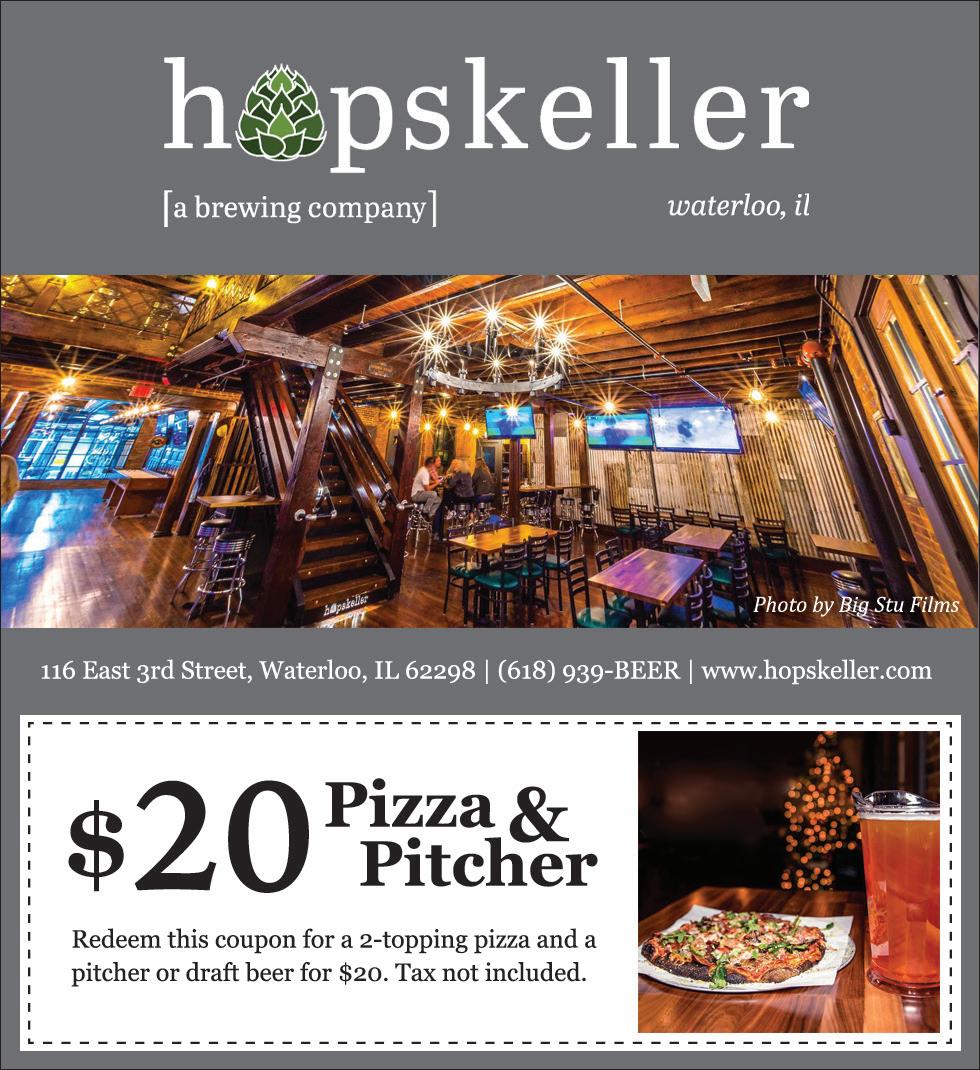
While it may conjure up saccharine associations, honey can bring much more than sweetness to the table when used in brewing beer. It’s one of the earliest ingredients ever used to make fermented beverages, and it continues to be a go-to for modern brewers.
Honey is often used during fermentation to accentuate texture and color, or added after the boil for enhanced aromatics. It only sweetens beer when added after brewing. But it’s tricky to work with. Honey can be damaged by the heat of the brewing process, and the viscosity makes it a mess to use, according to Earthbound Beer brewer-co-owner Stuart Keating. Too much or the wrong hops can overwhelm honey’s inherent nuances. But the results are worth the effort.
“The complexities [honey] offers you can’t get anywhere else,” said Side Project Brewing brewer-co-owner Cory King. “It brings a real delicateness to the table.”
With spring on the horizon, area breweries are bringing a variety of honey brews to market. Earthbound recently released its annual lavender braggot , a mead variant brewed with malt as well as honey, and will release Space Dream , a braggot with blackberries, in September. Side Project is set to brew a yetunnamed tripel with honey for the National Honey Board’s annual Honey Beer Summit to be held in St. Louis this August. Perennial Artisan Ales recently brought Ancient Names , a Belgian saison made with Spanish rosemary honey, back to its tasting room, while Contentious Matters , an extra porter made with melter honey, is still available. Here are a few more honey brews available to try now.

Six Mile Bridge Beer
Irish Red Ale With Honey
This smooth red ale has a good amount of butterscotch and toffee on the nose and the palate, thanks to the honey in the mix. It finishes long and dry with just the right touch of bitterness. Craft Beer Cellar, 8113 Maryland Ave., Clayton, 314.222.2444, clayton.craftbeercellar.com
Side Project Brewing La Ruche Blend No. 2
The second incarnation of this oak-aged Missouri saison utilizes alfalfa honey (the first employed orange blossom honey) to create a grassy, tart brew with just a bit of effervescence. The Side Project Cellar, 7373 Marietta Ave., Maplewood, 314.224.5211, thesideprojectcellar.com
Recess Yellow Buzz
This fruity and floral Imperial pale ale is a hot-rodded version of Recess Yellow Buss Pale Ale. Honey is added during fermentation to ramp up the booze level to a hearty 8.6 percent and produce a subtle depth of flavor. Recess Brewing Co., 307 N. Main St., Edwardsville, 618.692.5101, recessbrewing.com
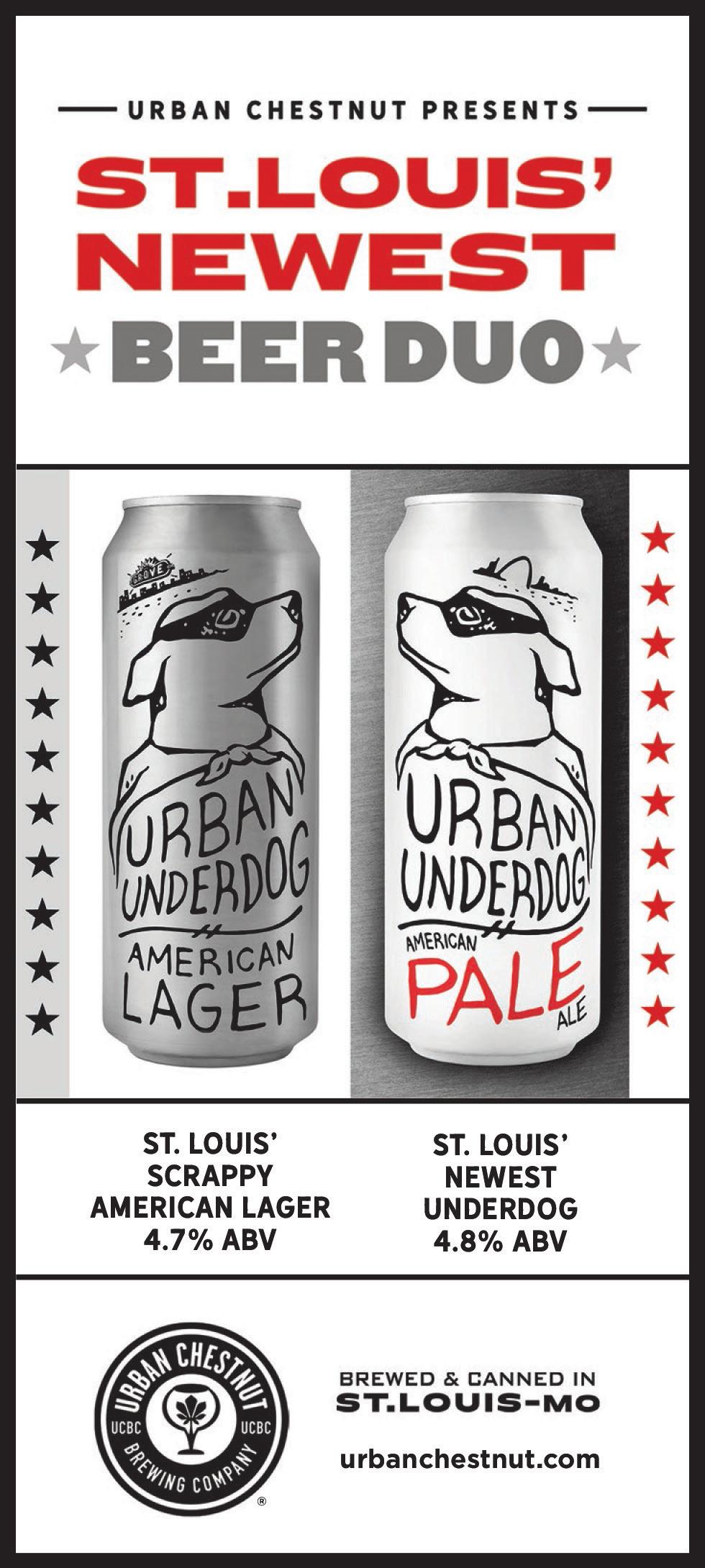
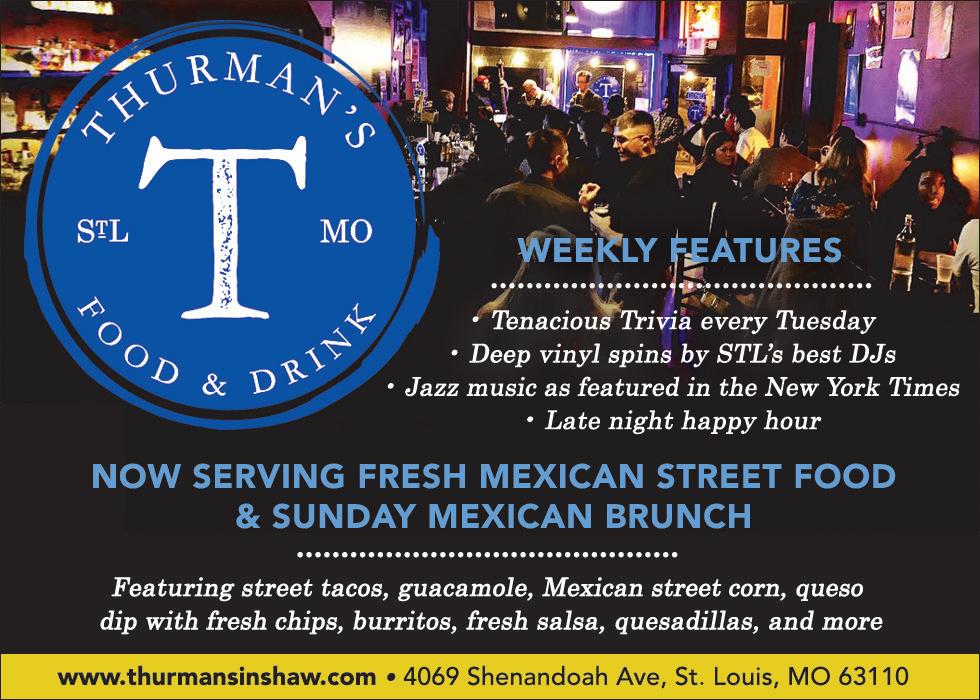


 main & mill coowners denny and barry foster
main & mill coowners denny and barry foster
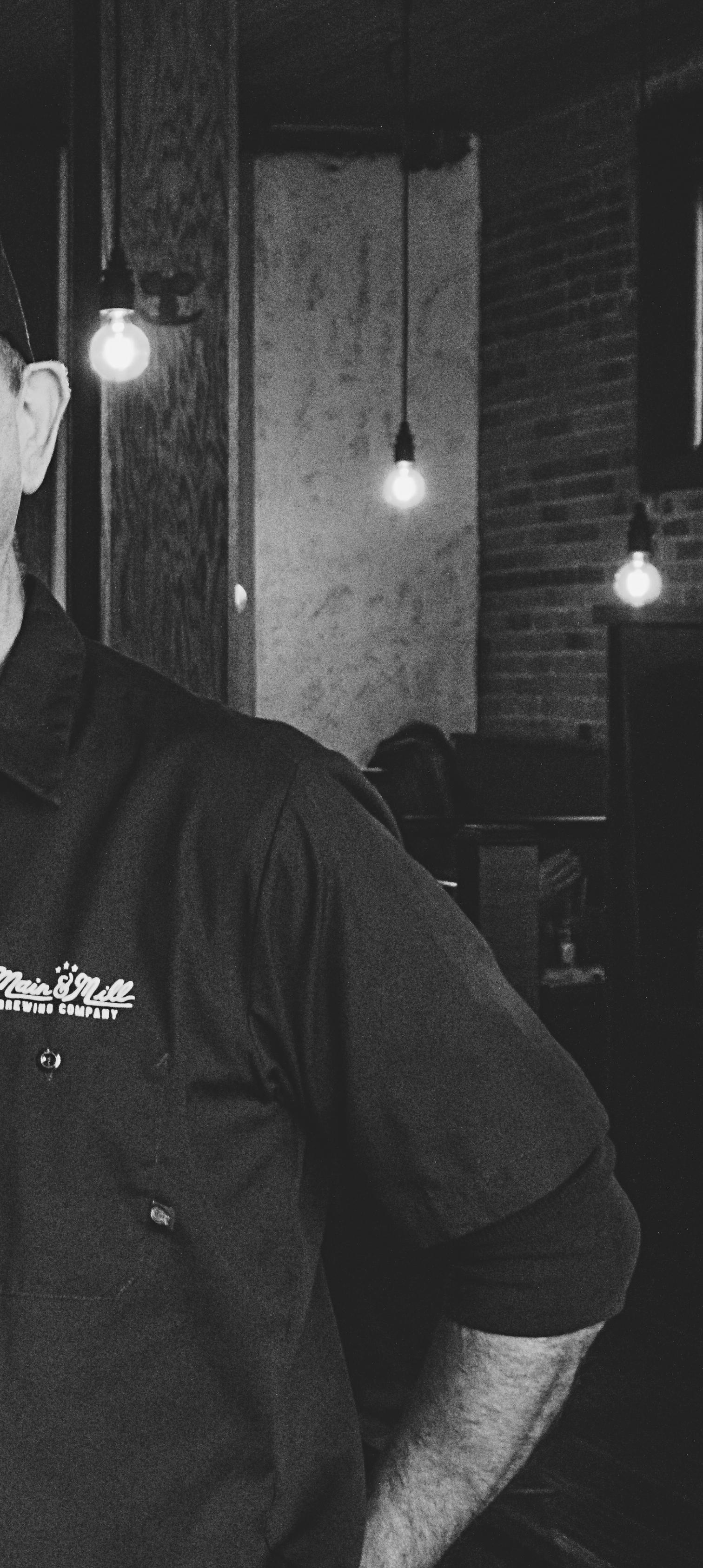
Denny Foster’s career has been a story of threes. It was three years and a day that he worked at a finance job he hated before he left to see if he could turn his homebrewing hobby into a career. He spent the next three years at Crown Valley Brewing & Distilling Co., climbing the ranks to eventually become manager of brewery operations. And when he and his dad, co-owner Barry Foster, bought a collapsing building at the corner of Main and Mill streets in Festus to make his dream a reality, it took them – you guessed it – three years to rehab the place. Now, just over three years since Main & Mill Brewing Co. opened its doors, it’s considered one of the best-kept secrets in local brewing. Here are more than three reasons to change that.
By Stacy Schultz Photos by Rolf Ringwald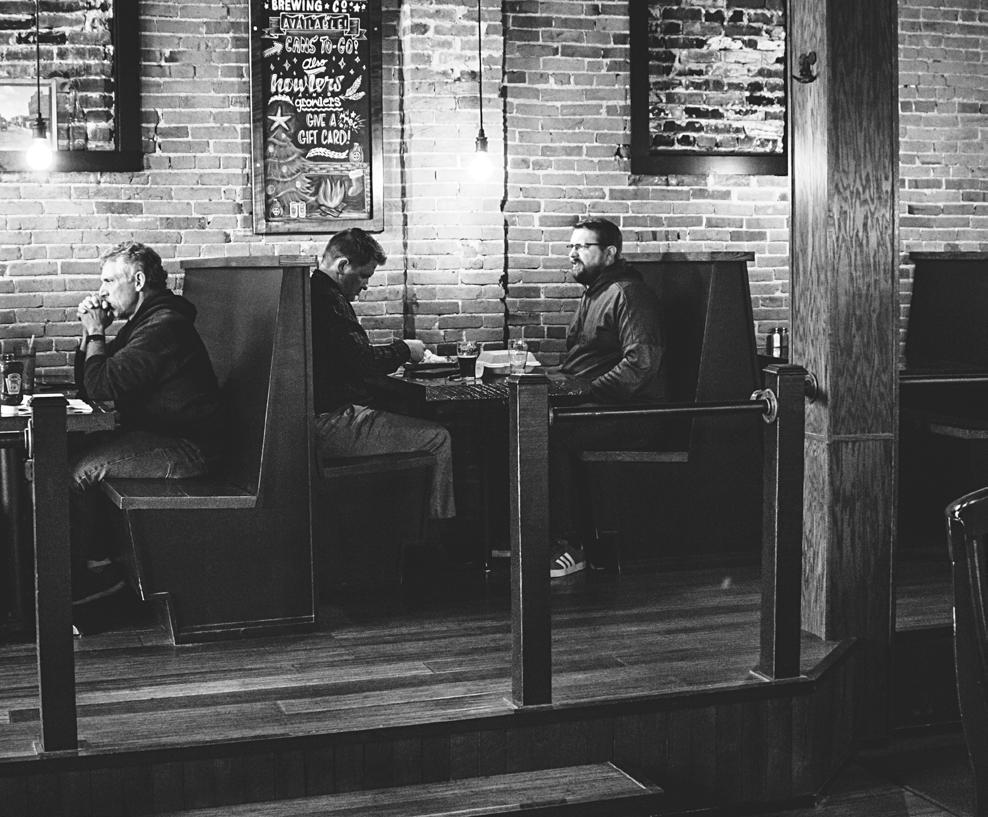
When Denny Foster began experimenting with brewing, he worked with a 10-gallon system that let him try as many different styles as possible. These days, he’s upgraded to a 7-barrel system, which is still much smaller than an average craft spot. The bad news: The taps go fast. The good: With nothing on tap for more than about a month, you always get a crazy-fresh pour.
For example, the Ale of 1,000 Suns, a lemon-laden summer wheat, hit the tap around when the polar vortex crept into our seasonally depressed souls. “Myself, and [head brewer] Brandon [Bischoff] and Steve [Rusnack] were just like, ‘This is what I want to drink right now.’ So we just decided to brew that.”
Main & Mill’s Green Chile Ale has become a cult favorite, made with fresh serrano and Anaheim chilies and brewed a barrel at a time so the peppers don’t develop funky flavors – not that they have time to. With deep, smoky notes and a heat that hits the back of your throat,

customers have been known to fill six growlers at a time, clearing the brewery of its entire batch. “It’s a good problem to have,” Foster acknowledged.
Foster’s wife is more of a rum-andDr. Pepper drinker than a beer drinker. “It still makes me tear up inside a little bit,” Foster said with disbelief. So when he brewed
Clyde’s Ale, he tweaked it until his wife said she’d drink it all day. So will your craft beer newbie.
Running a business is hard. Brewing beer ain’t easy, either. So why did Foster decide to do both and open a restaurant? It was all about knowing his customer base. “This is a Busch community,” he explained. “There wouldn’t be a conversion of those Busch drinkers to our beer without
offering them food to come in and then just be like, ‘I guess I’ll try it.’ We’ve had a lot of ‘I guess I’ll try its.’” These days, those craft beer converts come in to tell Foster other local beer spots they’ve tried. “It’s not only good for us,” he said, grinning. “It’s good for the St. Louis beer community.”
THE MEMBERSHIP PROGRAM
HAS A 300-PERSON WAITLIST Frustrated by endless renovation but
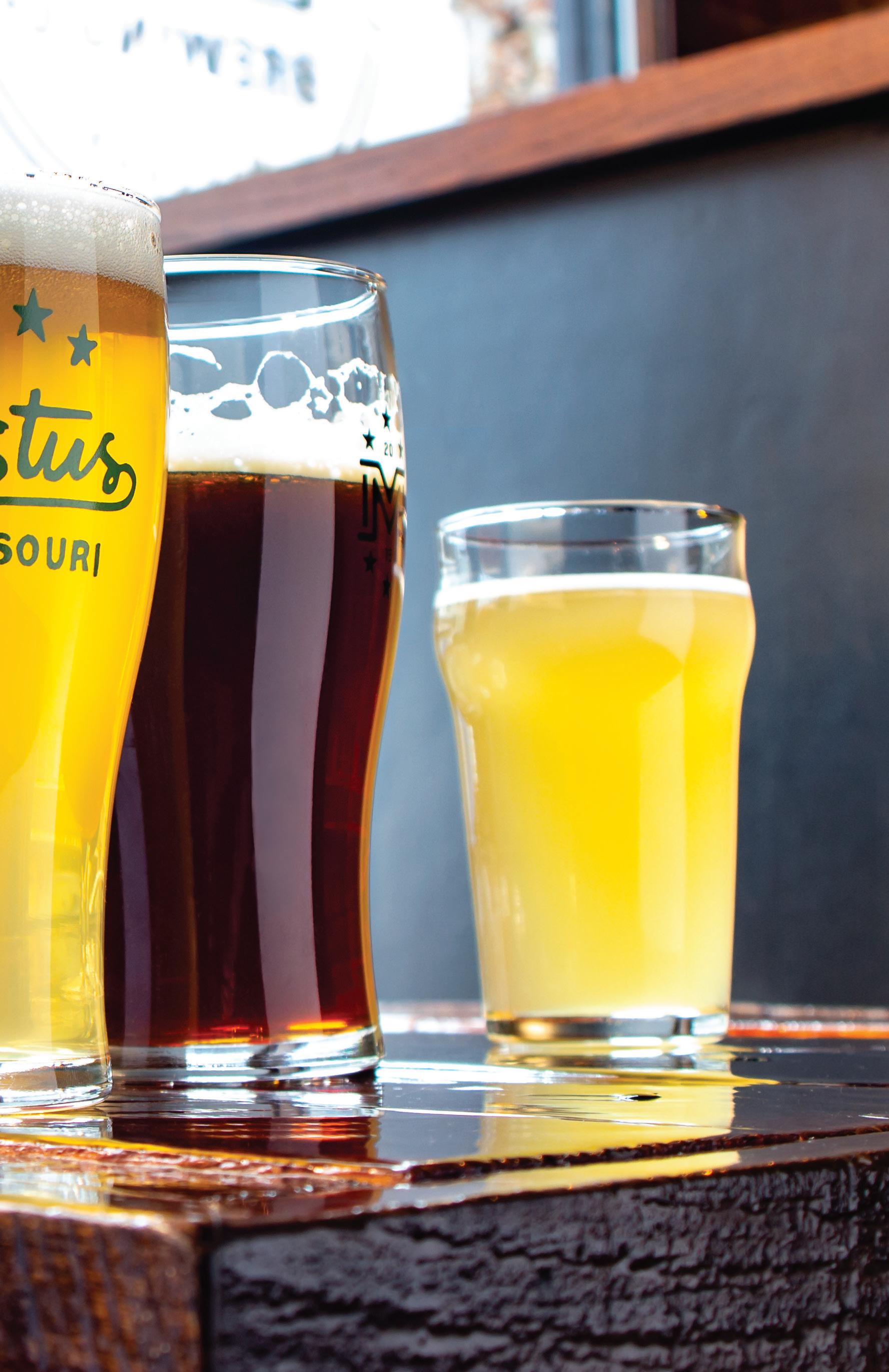
committed to keeping his customers happy and to brewing for festivals, Foster started a membership program that offers discounts, behind-the-scenes info and even a say in what they brew next. Once they opened it up to bottles, it really took off, as Main & Mill started pulling in high trade values at bottle shares, led by its ever-popular stouts. Suddenly, 400 members across 28 states and three countries were enjoying Foster’s bottles.


Because Main & Mill doesn’t package and sell beer in retail, it isn’t locked into any styles. Foster guessed they’ve brewed about 250 to 300 beers in 100 different styles, rarely brewing the exact same beer twice (besides a few faves, like the perfectly balanced Red Rye). Upcoming? A Berliner Weisse brewed with lactose that tastes of peaches and vanilla.
Foster is teaming up with Libby and Steve Crider of 2nd Shift Brewing and Jeff Hardesty of Narrow Gauge Brewing Co. for an ongoing collaboration series that will, among other things, showcase each brewer’s twist on a similar recipe. First up was an Imperial stout; next will be a saison available at Main & Mill in the spring. The name they chose for the collaboration: Cuvee de Tois , which translates to the Blending of Three. Well, of course it does.


From Belleville to Waterloo, the Illinois brewery scene is booming, and it’s time to explore past the river. Try to hit them all in a day at your peril, but since you’re not one to shy away from adventure, we organized our list north-to-south for easy traveling. Most breweries are 20 to 40 minutes apart, and some are right around the block. Select a few to visit together, or plan a well-organized weekend with a designated driver. Just make sure to refuel with water and cheeseburgers on the pastoral drive between small-town gems.
THE OLD BAKERY BEER CO.
400 Landmarks Blvd., Alton, 618.463.1470, oldbakerybeer.com
Eco-conscious beer nerds should flock to Alton, where the former industrial bakery-turnedbrewery and restaurant showcases a dedication to sustainability. Old Bakery’s entire portfolio, from its everyday Citrus Wheat to the Gentle Giant Double IPA, is USDA-certified organic, and its food menu boasts a wide variety of vegetarian and vegan fare. The cavernous brewery is also family-friendly, with plenty of space for kids to explore and play games while the adults settle in with a few pours and a flank steak banh mi or vegetarian Reuben. –C.K.
BREWING CO.
307 N. Main St., Edwardsville, 618.692.5101, recessbrewing.com
Recess Brewing Co. harkens back to brewpub days of old. A cozy brick building nestled in the heart of downtown Edwardsville offers respite from unpredictable early spring weather. Locals pop in for a pint on their way home from work, bellying up to the small bar for a friendly chat and a few pretzels, bags of Billy Goat Chips or cheese curds. Snag a seat by the cheery fireplace with a view of the tiny brew works, and order a flight of constantly rotating beers. Darker brews like the low-ABV Pedagogical Porter and the bold Hussies in Space stout should make an appearance on your board (bonus points if you can also try them on nitro), as well as the easysipping, 7.4 percent 2211 IPA. – C.K.
115 E. Clay St., Collinsville, 618.855.8027, oldheraldbrewing.com

This 2-month-old brewery is the new kid on the Illinois block, but don’t let its age fool you. Brewer Tor O’Brien knows a thing or two about beer. Eight taps pour a color spectrum of styles from a hay-hued, refreshing Miner’s Coalsch to the golden Exclusif, a French/ Belgian-style saison. Printer’s Ink, a black ale doing its best impression of a bold stout, is dark and rich enough to serve as its namesake, but that’d be a waste of great beer. A menu of indulgent comfort food pairs perfectly with your beer pick; don’t sleep on the mammoth, spent grain-breaded jalapeno poppers or the house-made corndog nuggets with an addictive IPA mustard. – C.K.
4204 MAIN STREET
BREWING CO.
4204 W. Main St., Belleville, 618.416.7261, mainstreetbrewingco.com
Whether you’re looking for a relatively inexpensive steak dinner or a basket of fried pickles while you watch the St. Louis Blues game at the bar, 4204 Main Street Brewing Co. has you covered. We can’t wait for warm weather so we can experience 4204’s real gem: the expansive biergarten with more fire pits than a campground, cornhole, giant Jenga and hammocks slung between trees. The beer list also ranges from light, crisp lagers and blonde ales to rich stouts. Explore with a four-beer flight and make sure one pour is 4204’s Chocolate Coconut Stout, with notes of baking chocolate and a lingering but not overpowering coconut finish, or the roasty porter on nitro. – C.K.
HOPSKELLER BREWING CO.
116 E. Third St., Waterloo, 618.939.2337, hopskeller.com
Hopskeller is the kind of brewery you wish was a block or two away from your home. For a lucky few in Waterloo, Illinois, it is – but it almost wasn’t when the brewery
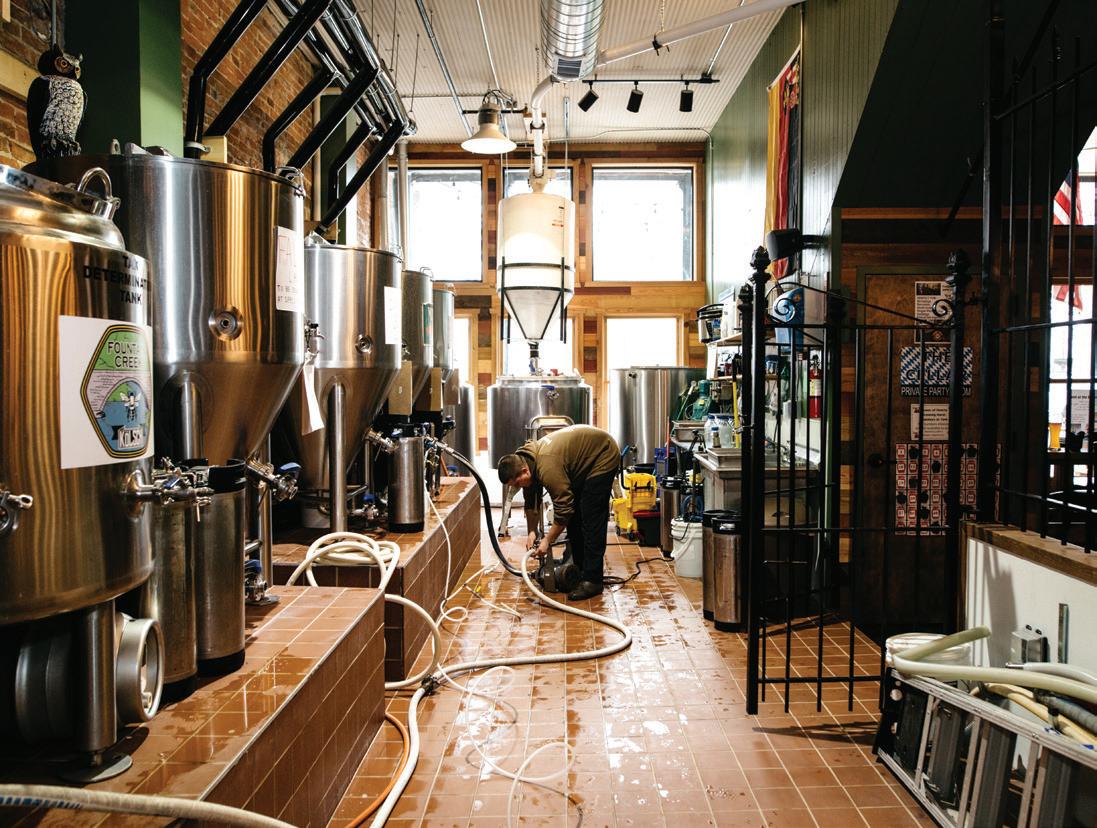
suffered a major fire a month after opening in 2016. About a year later, Hopskeller reopened and joined its neighbor Stubborn German Brewing Co. in making Waterloo a required stop on this list. The bar-style kitchen with a separate ordering register is deceptively small, but turns out exceedingly tasty pizzas , pretzels and more. The beer spans a wide range, from the light, High Life-esque Clair de Lune to the bold Across the Pond IPA . The fact that there’s something here for everyone rounds out the communal vibe of this rustic-feeling, twostory brewery. – A.R.
STUBBORN GERMAN
BREWING CO.
119 S. Main St., Waterloo, 618.504.2444, stubborngermanbrewing.com
Another small-town Illinois Main Street gem, Stubborn German has a classic bierhall vibe. The interior boasts community tables, a lively bar area and the brewhouse on full display, and there’s a covered biergarten out front for warm-weather sipping. The Fade to Black oatmeal stout, with its toasty, chocolatey notes and dry finish, makes for a comforting pint as winter slowly gives way to spring. Food isn’t available, but folks are encouraged to bring in their own eats. – M.S.
LIEFERBRÄU BREWERY
118 E Market St., Red Bud, 618.967.0804, lieferbrau-brewery.business.site
German-style beers are the name of the game at this brewery and tasting room. Located in a historical building circa 1888 in downtown Red Bud, this operation has 12 brews on tap, along with a lengthy whiskey list, cocktails and a few wines. There’s no kitchen, but guests are welcome to bring their own food, and on most Wednesdays, the Burnt End barbecue joint across the street hauls over specialty wings for purchase. It’s quite convenient as barbecue is a solid pairing for sippers like Lieferbrau’s crisp and smooth Double Crop cream ale. – M.S.
WHITE ROOSTER FARMHOUSE BREWERY
113 W. Jackson St., Sparta, 618.449.2077, whiteroosterfarmhousebrewery.com
Until recently, the biggest claim to fame in Sparta was arguably the World Shooting and Recreational Complex. Now it’s become a beer nerd destination thanks to the work of White Rooster Farmhouse Brewery owners Chris Van Horn, Eric Ogilvie and Michael Deutschmann. From the tasting room, you can see towering racks of barrels on one side of the cavernous space. Taps rotate frequently, but you can usually try a signature farmhousestyle beer on draft. The bold, barrel-aged stouts also are worth a sip if you’re lucky enough to find one. Other tasty offerings are the Citra pale ale or variation of Bellman , a porter. They’re just as worthy as their boozier counterparts. – C.K.
SCRATCH BREWING CO.
264 Thompson Road, Ava, 618.426.1415, scratchbeer.com
Scratch Brewing Co. is not on the way to anything. In fact, it’s incredibly out of the way, but the red-roofed barn tucked in the
woods on the edge of a southwest Illinois cornfield is absolutely worth the trip. The farmhouse-style beers are made only with what brewer-owners Marika Josephson and Aaron Kleidon source locally, forage or grow on-site. You’ll find brews made with cherry bark, paw paws, wild grapevines, clover and hickory leaves, each more surprising and delightful than the last. The same attention to local detail is paid to the food. A roaring, wood-fired oven turns out 12-inch pizzas topped with cheese and meats from neighboring farmers. There’s no telling what you’ll find on any given weekend at Scratch, but one thing is certain – you won’t find it anywhere else. – C.K.
12 S. Oak St., Du Quoin, 618.790.9212, stnicholasbrewco.com
Located just off Du Quoin’s picturesque Main Street in a reclaimed historical building, St. Nicholas Brewing Co. is a true neighborhood joint. The brewery has a bicycle theme, belied by details like the sprocket that forms the brewery logo to the bikes of various types hanging from the ceiling to the bicycling-inspired names of some of the beers, like the bright and fruity Peloton Pale Ale . The kitchen puts out a hearty pub menu with favorites like loaded fries, burgers, pizza and sandwiches , perfect for soaking up all that beer. – M.S.
1430 N. Seventh St., Murphysboro, 618.684.8833, bigmuddybrewing.com
If it weren’t for the logo-ed fermenter out front, Big Muddy Brewing would look like the other industrial buildings along North Seventh Street. The interior is similarly austere – just a bar, some picnic tables, a row of shiny tanks and a corner for swag sales. Food is limited to beer nuts , chips and a popcorn machine. The focus at Big Muddy is squarely on the beer, with unique brews like Hempy Galaxy , an IPA that’s dry “hemped” with Hawaiian Haze CBD, and PBC , a milk stout with subtle peanut butter and bitter chocolate notes. – M.S.




how STL hops helps homebrewers master their craft
BY ADAM ROTHBARTH PORTRAITS BY IZAIAH JOHNSONIt’s a cold, windy night in South City as I enter Perennial Artisan Ales’ tasting room to attend a monthly meeting of the local homebrew club STL Hops. The familiar space begins to transform into something completely new as brewers enter one by one, walking past me with their various growlers, unlabeled carafes and washedout 2-liter soda bottles filled with dark liquid. I feel like an outsider.
They set up and start pouring drinks. Everyone seems to know each other, and as I talk with a few of the brewers, the camaraderie begins to rub off on me.
“Anybody need beer?” rings out over the buzz of alcohol-infused chitchat. Glasses are filled; some of the brewers nod in approval as they drink, while others appear deep in thought. At least a dozen different brews are flowing. A stranger walks over and, without a word, fills up my 2-ounce tasting glass with a German-style lager. I find out later this was Dave “Davo” McWilliams, who won first place at Anheuser-Busch’s BrewFest competition in 2014.
Over the next hour, I try a number of wild creations made by people more than happy to share. Doc Brookman’s blackberry Berliner Weisse is beautifully sour with an incredible ruby hue; Sean Gemoules’ rye IPA is sharp and hoppy, every bit as tasty as 4 Hands Brewing Co. Divided Sky Rye IPA, which I buy weekly as my house beer. McWilliams’ Trappist single and Scottish Wee Heavy are both excellent. I also try a magnificently murky New England IPA and a fragrant, roasty schwarzbier, both of which are just sitting on the bar unattended. Tasting each beer, I wonder why none of these guys work in the industry.
These beers are, to be sure, among the best you can drink in St. Louis – and you can’t buy them anywhere. Why is such quality kept so private, only shared at meetings and among friends? Is it a question of resources, or do these people just want beer to remain a hobby? The more brewers I talk to, the more it seems their reasons for homebrewing are all different. The common denominator, of course, is a love of beer.
Troy Meier, a former president of STL Hops, has competed in homebrew circuits throughout the country, from Texas to California, but after pursuing competitive glory, he decided to take a step back to really look at the beer he was making. In the competition scene, he tells me, judges give good assessments based on categories like aroma, mouthfeel, visual and taste, but he found he never learned much from their feedback. The judges’ notes always left him wanting a more concrete direction for his recipe and process – there just wasn’t enough to help him improve.
“I’m talking about detail detail,” Meier says. “What’s making a beer really good – the difference between that and a great beer. That’s when I started to get frustrated, trying to get feedback on my recipes.”
The Beer Judge Certification Program style guideline book is 93 pages long, with encyclopedic-level entries for every beer under the sun. Yet, one rule of some competitions is that you can’t share your recipe with the judges, which means it’s difficult to get an idea of exactly where you’re going right or wrong. What was lacking in the circuit, Meier found in the local homebrewing scene.
“My little group that I run my beer by, I can tell them the recipe. I’ll show it to them after they blind taste [the beer],” Meier says. “They can go, ‘Oh, maybe you should do this, this or this.’ And then we’ll have a discussion about it, which is way better than any feedback you’re going to get out of a blind competition.”
Meier feels like his beer has only improved since he’s stopped competing. Though he seems near the
top of his game, he’s happy to keep brewing for fun while continuing in the IT field, where he’s worked in project management for over a decade. Meier is interested in eventually setting up a tasting room, but is also wary of the economic reality of operating a brick-and-mortar.
“I know what it takes to start out, and what you’re not going to make in the first three years. Even if you’re successful after that – and our market’s kind of saturated now – I’d have to come up with a business plan. The economics of it just really don’t make sense for me, to quit my job and all that.”
The more brewers I talk to, the more it seems their reasons for homebrewing are all different. The common denominator, of course, is a love of beer.
line between freedom and limitation. “If you own a brewery, you might be inclined to be concerned with greater public perception or a drinkability that’s favorable to a lot of people. But if you make your own beer, you can make it how you want to make it,” he says.
And it’s not just creative freedom; there’s also a financial question when it comes to brewing, Gemoules tells me. “Everyone is making the New England-style IPAs – that’s a trend right now,” he says. “Oftentimes, homebrewers can do just as good, if not a better job with that, because of the amount of hops you can put into a small batch. It’s a very expensive beer to make because of the quantity of hops, so homebrewers can do it on a smaller scale.” In many cases, smaller, homebrewed batches have an advantage over what a professional brewery can manage, especially when the style is costly to master.
Audio engineer Matt Fitzgerald has been brewing for about 10 years, which is half as long as he’s been working his main gig: running the sound on concert tours for Peter Frampton, Ringo Starr and the B-52s. Touring with these musicians, Fitzgerald has visited beer communities in all corners of the world and still chooses to make St. Louis his home. “I would say St. Louis is up there in the rankings of some of the big beer towns,” he says. “We have a lot going on here. It’s definitely a great beer community.” And the homebrewing scene is part of that.
For Sean Gemoules, a National Homebrew Competition (NHC) silver medalist whose day job is in mechanical engineering, the choice is simple. “I love my job as an engineer,” he says. “You think about [brewing professionally], of course. It’s a lot of homebrewers’ dream to be able to share beer with the public at large on a scale that you can’t do as a homebrewer.” But after brewing for six years and competing for almost as long, Gemoules understands his commitments and priorities. Homebrewing is about toeing the
“In our club, you learn a lot from other people’s styles and methods. It’s been fun along the way. That’s what a hobby is – it’s fun,” he says. Fitzgerald has done the competition circuit too. He’s won big in local competitions, but with his travel schedule he only brews about a dozen batches a year. He’s made it to the final round of the NHC three years in a row but hasn’t won yet.
Fitzgerald has found a feeling of comfort in St. Louis’ homebrewing scene, where he can relax and make the beers he likes to drink – lately, Altbiers, lagers and blondes. He took first place in a local competition for his “Bud Light clone,” an American light lager he made for his mother, who loves Anheuser-Busch. He even printed out labels for bottling. It’s called Jan Light.
These beers are, to be sure, among the best you can drink in St. Louis – and you can’t buy them anywhere.

Creative people especially struggle with the alienating distinction between work and hobby, labor time and free time. “I work at a cafe,” someone may say, “but I’m really a musician.” Or, “I’m a painter and a graphic designer. Plus, I work a 9-to-5 as a paralegal.”
In an ideal world, artists and artisans could support themselves by doing what they love. However, even though it’s tempting to try to get paid for something you’re good at, not everybody wants to monetize their hobbies. And there’s something to be said for those operating as far outside commercial constraints as they can. These homebrewers have found ways to cultivate their brewing talent while still working in other fields they love, and it shows in their beers.
Toward the end of my STL Hops excursion at Perennial, I end up talking to Doc Brookman, who boils it down to a question of materials. Brewing is about getting as close as he can to his ideal beer. “Being a homebrewer allows one to be more selective of each and every ingredient that goes into each beer, mead, cider or wine. Personally, I have experimented with many different grains, hops and yeasts over the years to figure out what exactly fits my palate,” he later tells me.
With the taste of his remarkable Berliner Weisse still on my tongue, I think about the amount of control and discipline it must take to create beer like this in your garage or basement, at night and on weekends, how much time and money you’d have to invest in it, and with so little recognition. “The best songs will never get sung,” Jeff Tweedy sings in Wilco’s “The Late Greats.” “The best life never leaves your lungs/ So good you won’t ever know.” It’s not an exact analogy, since these beers get made. But they’ll probably never wind up in your hand.
There is a certain freedom in homebrewing, an opportunity to follow your desire to its natural end, to hone your skill to produce something you love without the constraints of efficiency, profit or customer satisfaction. Whether brewed professionally or not, beer is best enjoyed with people you care about, and the brewers of STL Hops know this better than anyone.

St. Louis’ incredible beer community is home to numerous professionals who got their start as passionate STL homebrew club members. The best new brewery in Missouri according to RateBeer –Wellspent Brewing Co. in Midtown – was co-founded by STL Hops member Kyle Kohlmorgen. With a focus on education and peer evaluation in a fun, social atmosphere – it is beer, after all – club meetings are a great place for brewers to grow. Membership dues and rules vary by club, but there’s one for everyone interested in learning about our favorite fermented beverage. Want to expand your beer knowledge? Check out these five established clubs that meet monthly at bars and breweries in the area. – Katie Herrera
Saint Louis Brews
Modern Brewery, 5231 Manchester Ave., St. Louis // stlbrews.org
With its inception in 1985, Saint Louis Brews is the oldest and largest homebrew club in the metro area. It’s no wonder the club has given rise to industry pioneers like Schlafly’s first brewmaster, Dave Miller, Brew Hub’s James “Otto” Ottolini and Missouri Beer Co.’s Dave Johnson. Sample this homebrew club at the Centennial Beer Fest every year.
Perennial Artisan Ales, 8125 Michigan Ave., St. Louis // stlhops.com
Over 10 years old, this slightly educational but mostly social organization is the home of Narrow Gauge Brewing Co.’s Jeff Hardesty, as well as New Belgium Brewing’s Troy Bedik (previously at Schlafly and The Civil Life). You can catch this club pouring at St. Louis Craft Beer Week’s kickoff festival, Midwest Belgian Beer Fest on July 27.
Six Mile Bridge Beer, 11841 Dorsett Road, Maryland Heights // stlbrewminati.com
With five years under its belt, Brewminati is defined by its dedication to education and community involvement. Catch this club pouring alongside member-turnedprofessional Abbey Spencer of Third Wheel Brewing or raising money for Tenth Life Cat Rescue and Needy Paws Pet Rescue at the Ales for Tails Festival on March 23.
Missouri Beer Co., 22 W. Industrial Drive, O’Fallon // garagebrewers.com
Originally called the First Capital Homebrewers when it launched in 1999, St. Charles County’s homebrew club has been the Garage Brewers Society since 2007. It’s the only club in St. Louis to host a national homebrew competition annually, called Champion of the Pint.
Heavy Riff Brewing Co.’s Jerid Saffell, Friendship Brewing Co.’s Bobby Love and Exit 6 Brewing’s Jeff Britton are a few members who have taken their passions to the next level. The Garage Brewers Society will also pour at the Ales for Tails Festival on March 23.
Global Brew Tap House, 9578 Manchester Road, Rock Hill // Facebook: The OG: St. Louis Women’s Craft Beer Collective
Although not exclusively a homebrew club, the OG seeks to educate on all things beer – including the brewing process – to empower, enlighten and strengthen the role of women in the craft beer industry. This collective is designed for women, by women, for hobbyists and professionals, and can be found pouring alongside STL breweries and homebrew clubs alike. Catch the OG pouring at St. Louis Microfest on May 3 and 4.

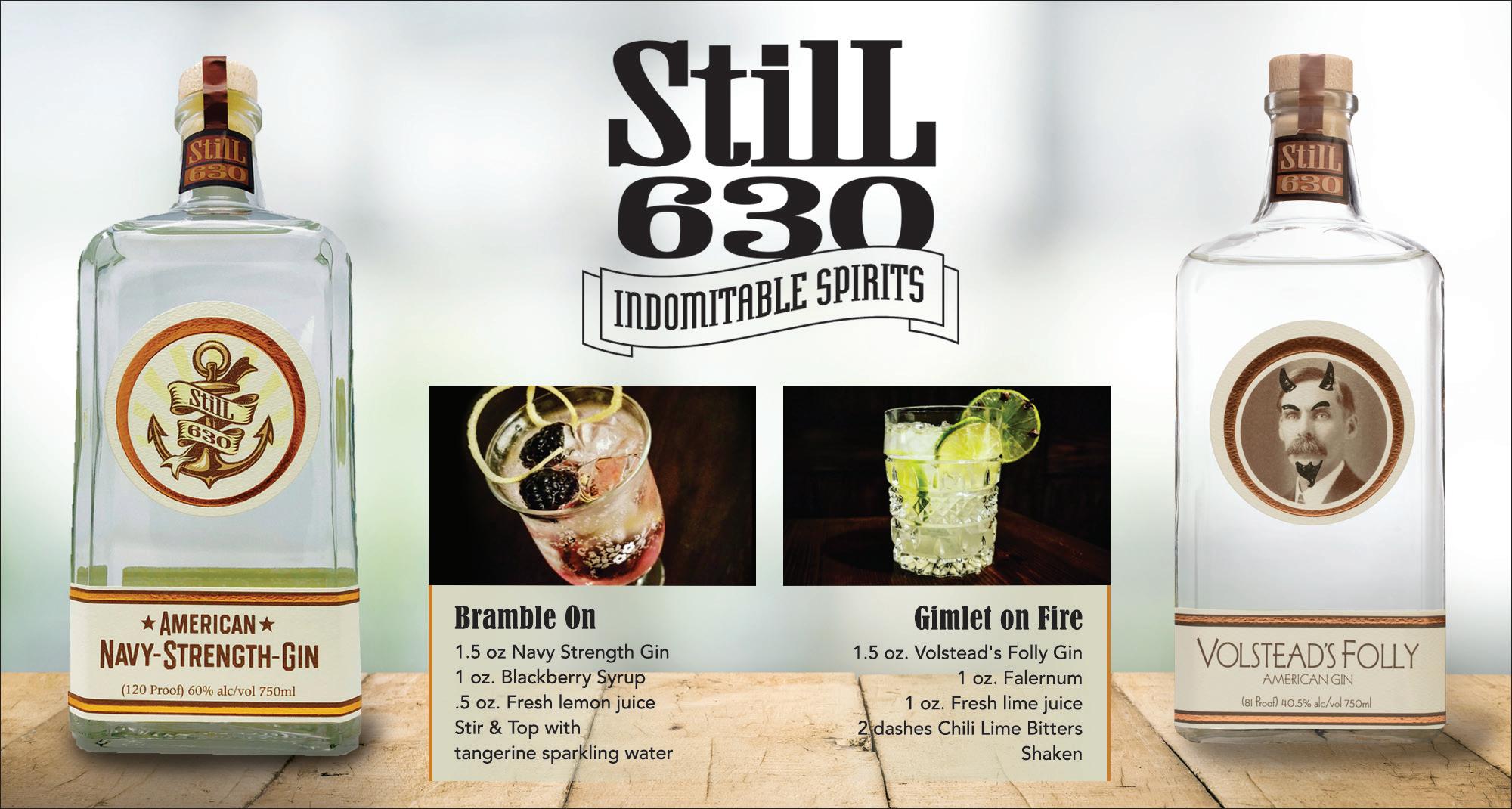
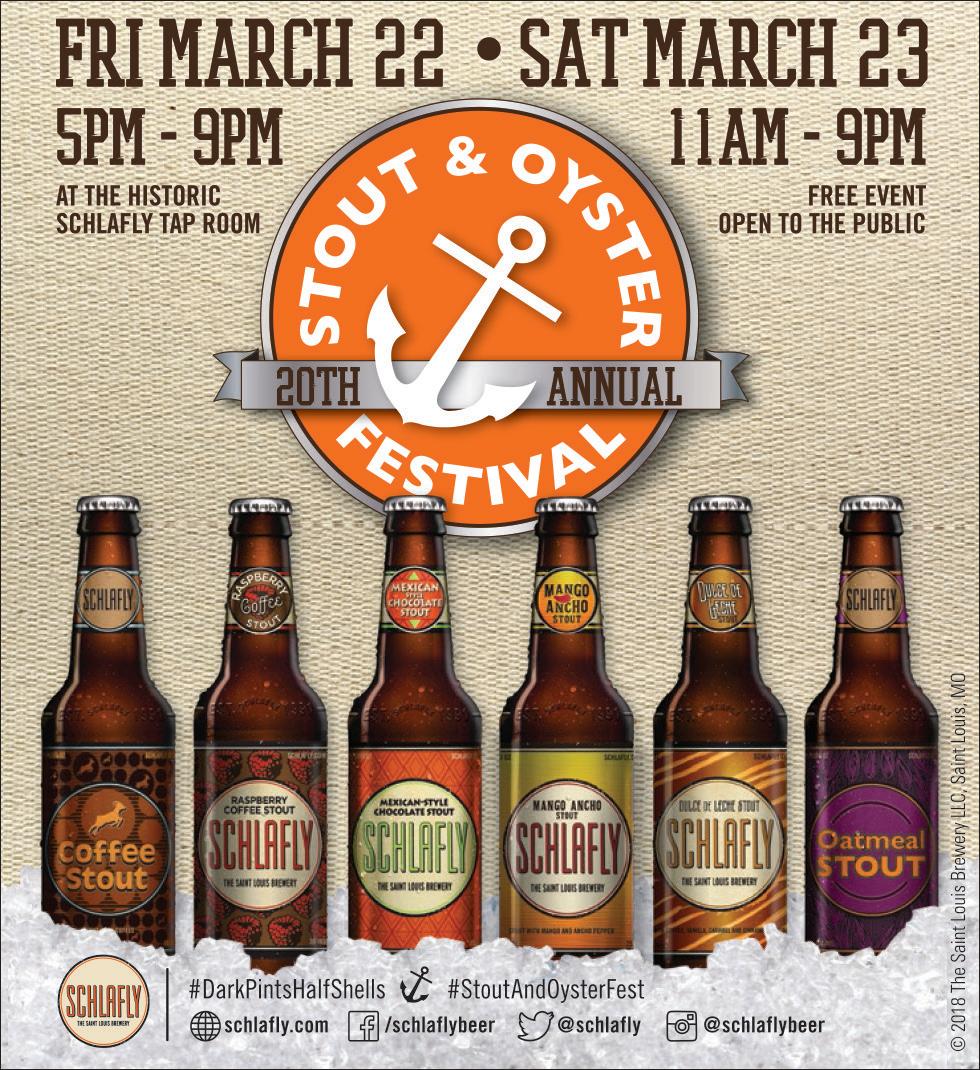

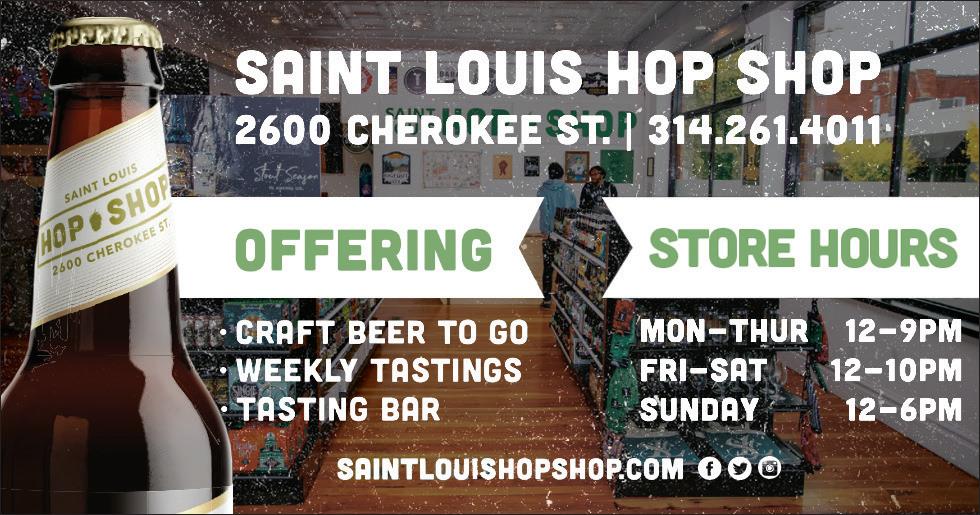

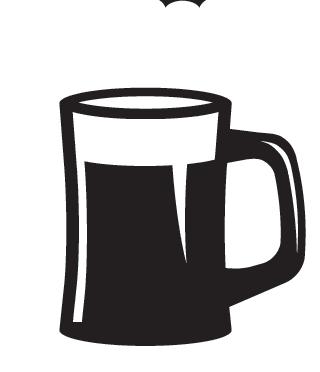


night at Wellspent Brewing Co. (Fridays –7:30 p.m.)



Pet one of the cats at 2nd Shift Brewing.














